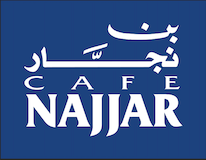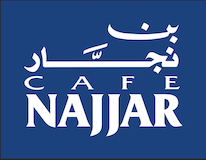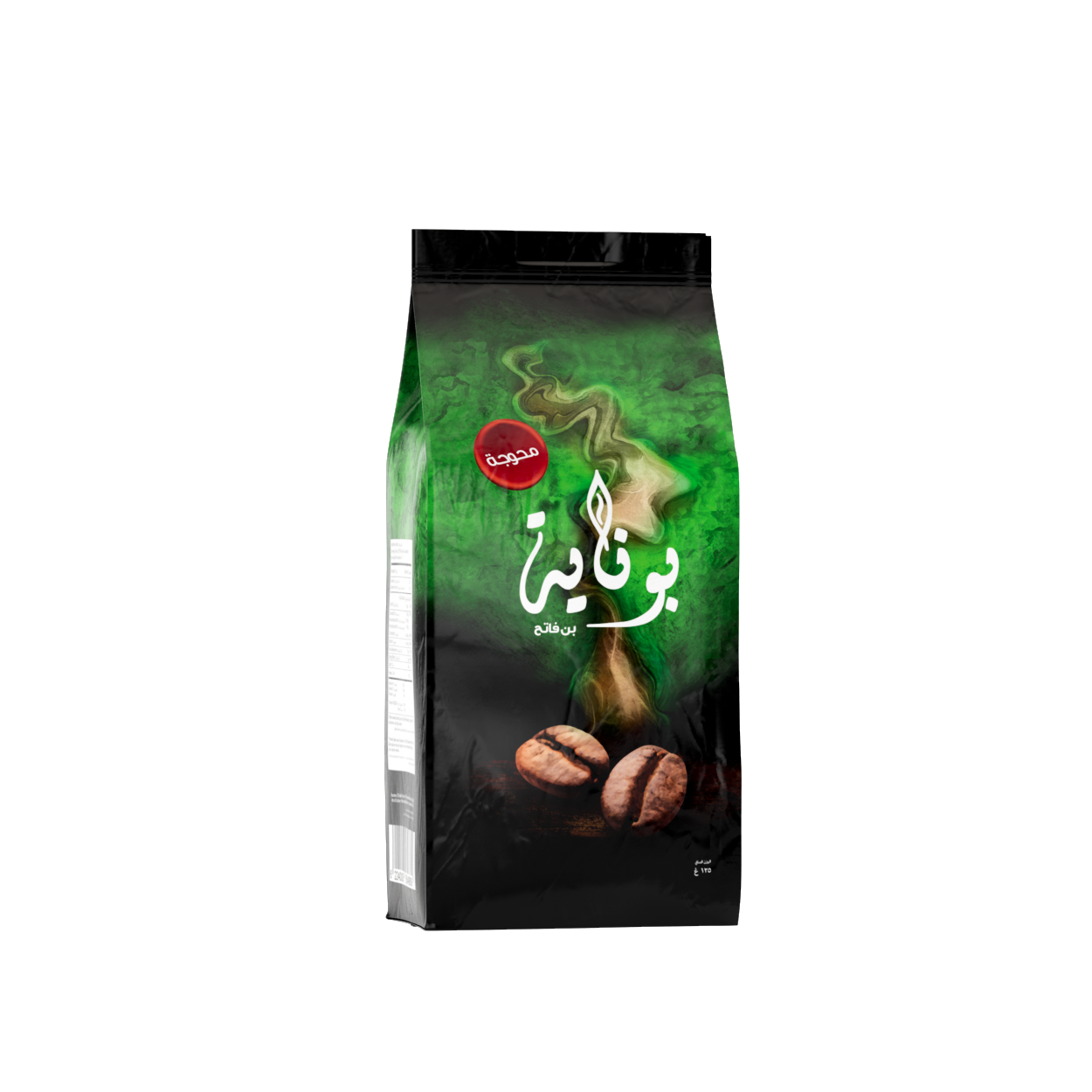The Story and Old Tradition of Reading Turkish Coffee Cups
Hello folks, welcome to our blog, today we're gonna talk about the story and old tradition of reading Turkish coffee cups.
Turkish coffee is not just a beverage, it's a tale of culture and ancient customs. One of these customs is reading the cup after you drink the coffee.
After you finish your coffee, they ask you to flip the cup and let the coffee dry. The shape that appears in the cup after the coffee dries is read and interpreted by someone who knows this tale. Many people believe that this shape reveals the future or gives advice about your life.

Reading the cup is not just about predicting the future, it's also about listening, communicating, and guiding. At the end of the day, reading the cup is a cool way to strengthen friendships and communities.

let's delve deeper into the history and interpretation of Turkish coffee cup reading, also known as tasseography.
The art of tasseography has its roots in the Middle East and parts of Eastern Europe. The tradition began centuries ago and was popularized by the nomadic tribes of the region. It is believed that these tribes would interpret symbols in nature to predict future events, and this practice evolved into reading tea leaves and later, coffee grounds.
Turkish coffee, with its thick, muddy consistency, is particularly suited for this form of divination. After drinking the coffee, the grounds left at the bottom of the cup are swirled around and then turned upside down to dry. As the grounds dry, they leave behind patterns and shapes on the sides and bottom of the cup.
Interpreting these symbols is a complex process and often subjective, depending on the reader's intuition and experience. However, certain symbols are generally accepted to have specific meanings. Here are a few examples:
- Animals: Different animals have different symbolic meanings. For example, a bird usually represents good news, while a snake could mean someone is betraying you.
- Shapes: Common shapes like circles, lines, and dots also have meanings. A circle often means completion or wholeness, while a line can represent a journey or path.
- Objects: Everyday objects can hold significant meanings too. For instance, a bridge might symbolize a major life change or transition, while a house could represent security and comfort.
It's important to remember that the context of the symbols and their relations to each other also play a crucial role in the reading. Furthermore, the handle of the cup represents the person who drank the coffee, and symbols close to the handle are related to their personal life, while those on the far side relate to external influences or future events.
Remember, while many people enjoy this tradition and find it insightful, it's ultimately a form of entertainment and personal reflection, not a guaranteed prediction of the future.




Leave a comment